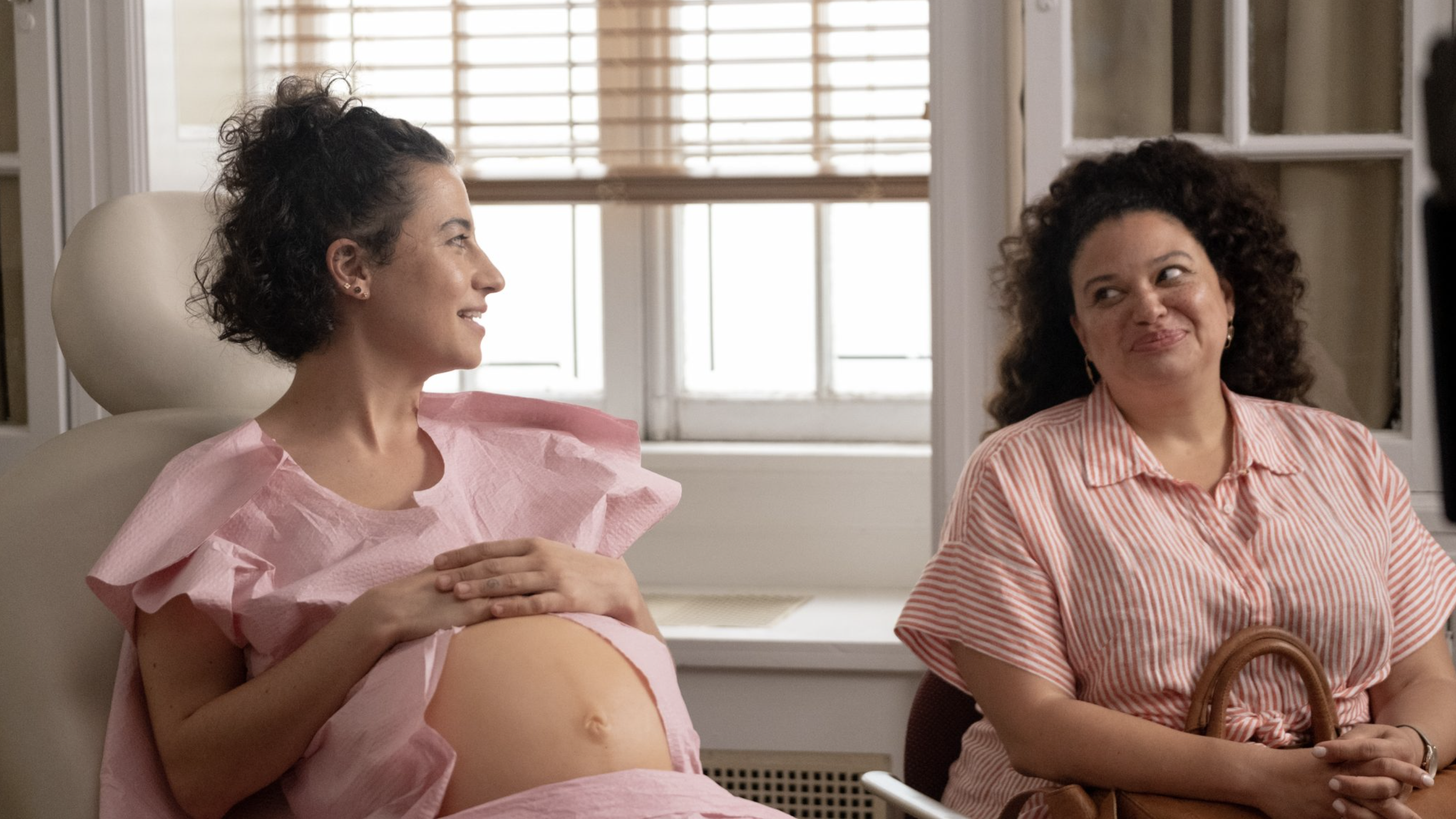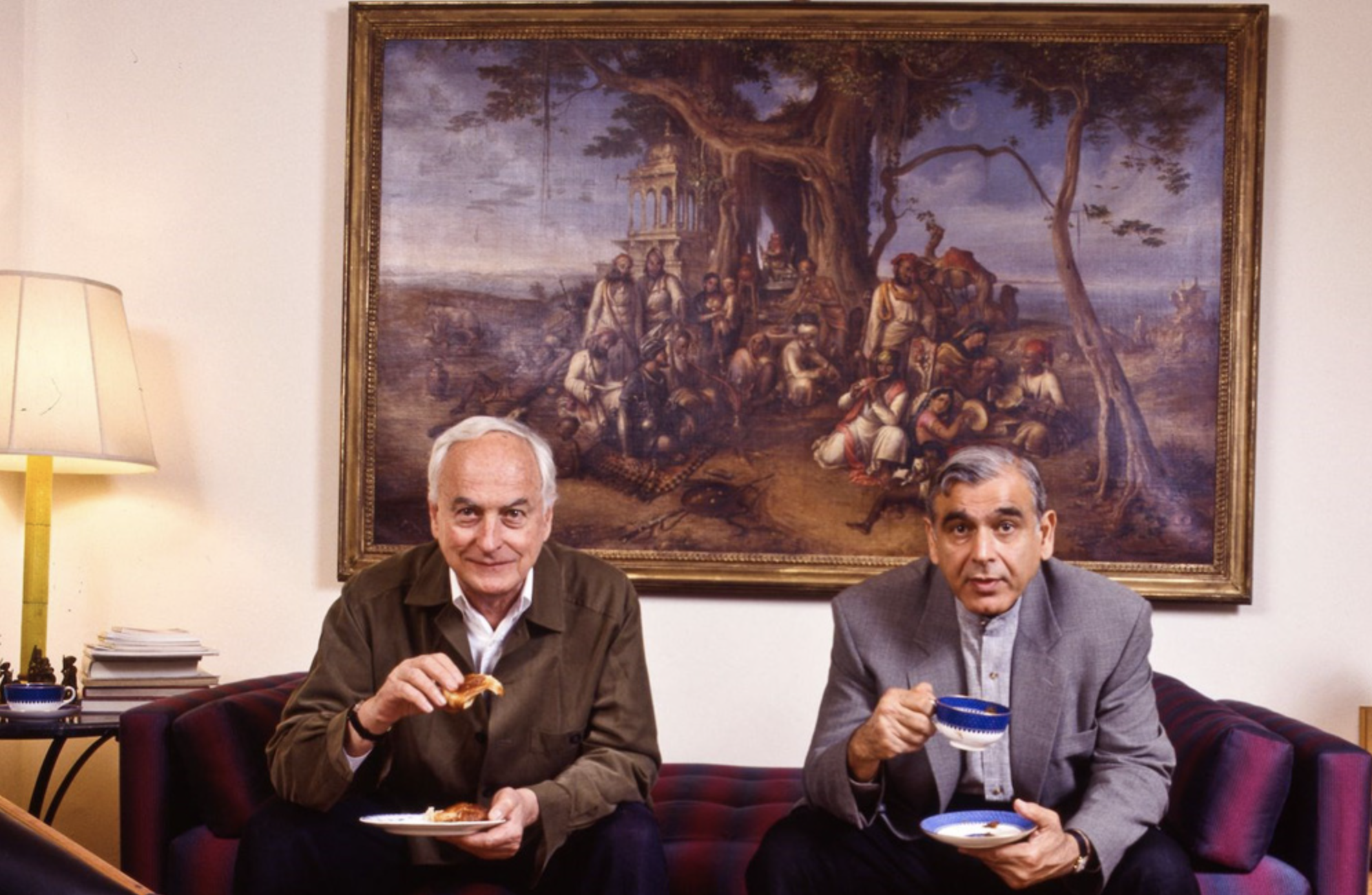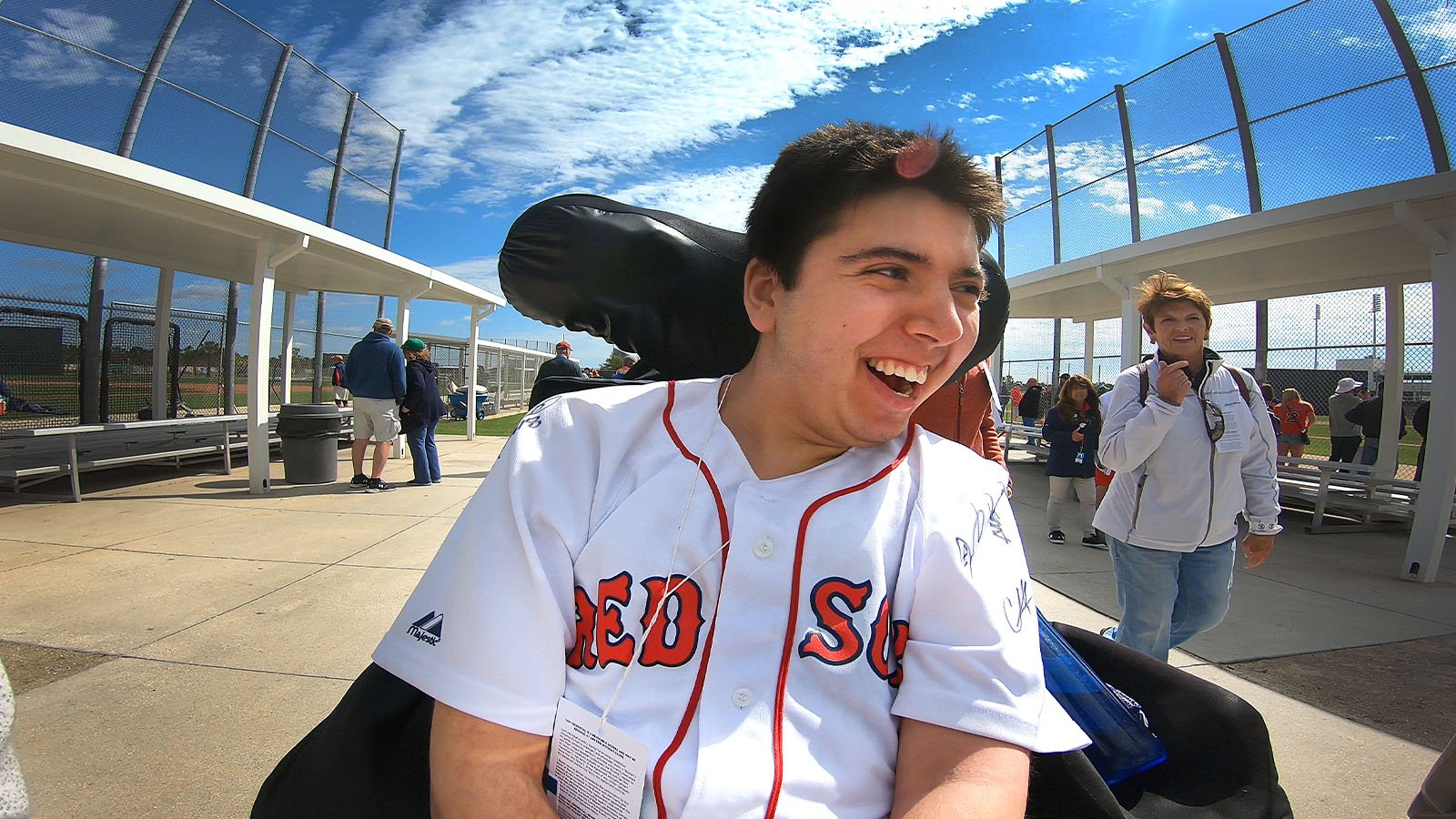IF
Directing: C+
Acting: B-
Writing: C-
Cinematography: B
Editing: C
Animation: B-
I found this movie utterly baffling. A story can be any kind of fantasy it wants to be, but once it establishes the rules of its own universe, it needs to follow them. If does not do that.
Ater having written and directed A Quiet Place and A Quiet Place Part II, John Krasinski has clearly built up a lot of goodwill—arguably too much. With If, he turns his attention away from horror and toward family-fantasy fare, and brings with him the voice talents of every movie star imaginable, from Steve Carell to Louis Gossett Jr. to Phoebe Waller-Bridge to Awkwafina to George Clooney to Bradley Cooper to Matt Damon to Bill Hader to Bill Hader to Richard Jenkins to Christopher Meloni to Matthew Rhys to Sam Rockwell to Maya Rudolph to Amy Schumer to Jon Stewart—and more!—all of them voicing a different, animated “Imaginary Friend” (IF). For some reason, somehow, they are all still hanging around Manhattan after their kid friends have grown up and forgotten about them.
All of these “IFs” might have made for a fun combined cast of characters, were this movie to have as much pep as the trailer clearly aimed to suggest. None of the marketing for this movie suggests how incongruously wistful it is in tone, sometimes downright melancholy, certainly downbeat. There are certainly peppy moments, but virtually all of them were in the trailer. You come to this movie and instead find a story about a 12-year-old girl who is growing up too fast due to the death of her mother.
Lest we miss an opportunity to get even more maudlin, our little-girl hero, Bea (Cailey Fleming), is now worried about her dad—played by writer-director John Krasinski—staying in the hospital for a major surgery. What kind of surgery is never explicitly stated, although the gag of his “broken heart” suggest perhaps heart surgery. Bea has already lost one parent and is now facing the risk of losing another. What fun, family entertainment!
Honestly, in spite of several genuinely fun “IF” characters that get too little screen time, I can’t see IF really working for children viewers of any age. This seems to be more aimed at adults who feel wistful about their own inner children.
While Bea’s dad is in the hospital, she goes to stay with her grandmother (Fiona Shaw), where she and her dad had also stayed when her mother was dying. It’s in this building where Bea discovers all the IFs hanging out in a sort of junk room up on the top floor, alongside the one evident human who can also see all the other IFs. This man is played by Ryan Reynolds, who gives a serviceable if surprisingly muted performance. Every once in a while, IF would give me genuine chuckles, among them a running gag where Ryan Reynolds keeps tripping over the one who is invisible.
What purpose these IFs serve in the movie, though, is never presented in a way that quite makes sense. First Bea is helping Ryan Reynolds match IFs with potential replacement kids, like they are running some kind of imaginary orphanage. When that doesn’t pan out, they set about reuniting the IFs with their original kids who are now adults. In one cast, a nervous adult played by Bobby Moynihan gets reassurance from his own IF right before some kind of job interview. What we are supposed to understand is happening there exactly, I couldn’t tell you. This guy’s Imaginary Friend would have been an original figment of his own imagination, right? So he’s gaining confidence for an interview (or presentation, or whatever the hell it is) by tapping into the imagination of his own childhood, in a way that’s beyond his control? What?
The fundamental problem with IF is the evident blank check Krasinski was given after his previous success, where no one else bothered to step in with some guard rails outside his own passion. This movie clearly means something to him, and presumably it made sense in his head. It has some fairly imaginative ideas in it, to be fair, but it also feels like it came from the imagination of someone who recently had a lobotomy.
The story improves, slightly, by the time IF reaches its final half hour or so—a fact that is undermined by the real fear that maybe Bea’s father will also die. Somewhat ironically, the best part of this movie is Fiona Shaw as the grandmother, a character who spends most of the film seemingly unrelated to any of the IFs (although you can probably predict where things are going there). Cailey Fleming as Bea is clearly a talented young performer, but a little mismatched with this movie, having that precocious quality of so many child actors that stops just short of unsettling.
Furthermore, no one in this movie has a conversation that sounds like actual people talking. There is a subplot of a budding friendship between Bea and another little boy in the hospital (Alan Kim), and after their first conversation I literally thought to myself, That was really weird dialogue. In short, Krasinski threw so much talent at his passion project that he could not properly organize it, and the final result is a total mess. If there was anything that genuinely impressed me was how a mess could be not so much chaotic as strangely dull. At least some more consistent gags might have kept me awake.
I’m very sorry to inform you this movie’s condition is terminal.
Overall: C










